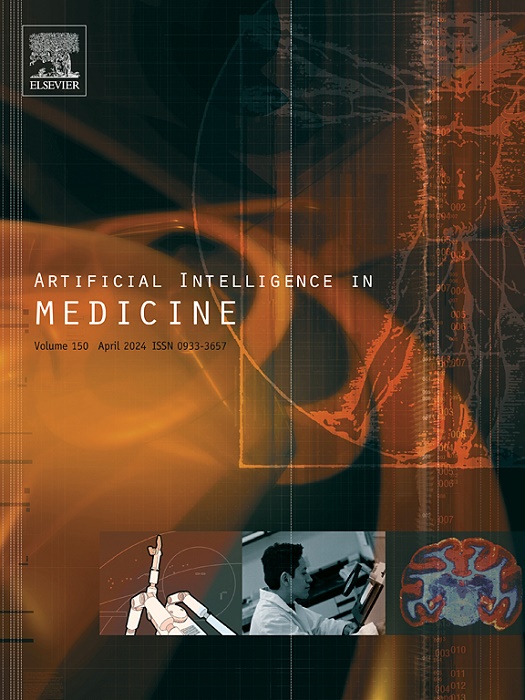Mixture-attention Siamese transformer for video polyp segmentation
IF 6.2
2区 医学
Q1 COMPUTER SCIENCE, ARTIFICIAL INTELLIGENCE
引用次数: 0
Abstract
Accurate segmentation of polyps from colonoscopy videos is of great significance to polyp treatment and early prevention of colorectal cancer. However, it is challenging due to the difficulties associated with modeling long-range spatio-temporal relationships within a colonoscopy video. In this paper, we address this challenging task with a novel Mixture-Attention Siamese Transformer (MAST), which explicitly models the long-range spatio-temporal relationships with a mixture-attention mechanism for accurate polyp segmentation. Specifically, we first construct a Siamese transformer architecture to jointly encode paired video frames for their feature representations. We then design a mixture-attention module to exploit the intra-frame and inter-frame correlations, enhancing the features with rich spatio-temporal relationships. Finally, the enhanced features are fed to two parallel decoders for predicting the segmentation maps. Extensive experiments on the large-scale SUN-SEG benchmark demonstrate the superior performance of MAST in comparison with the cutting-edge competitors. Our code is publicly available at https://github.com/Junqing-Yang/MAST.
用于视频息肉分割的混合注意力暹罗转换器。
结肠镜影像中息肉的准确分割对息肉的治疗和结直肠癌的早期预防具有重要意义。然而,由于在结肠镜检查视频中建模远程时空关系的困难,这是具有挑战性的。在本文中,我们使用一种新的混合注意力暹罗转换器(MAST)来解决这一具有挑战性的任务,该转换器通过混合注意力机制明确地模拟远程时空关系,以实现准确的息肉分割。具体来说,我们首先构建了一个Siamese转换器架构,以联合编码成对视频帧的特征表示。然后,我们设计了一个混合注意力模块来利用帧内和帧间的相关性,增强具有丰富时空关系的特征。最后,将增强的特征馈送到两个并行解码器中用于预测分割映射。在大型SUN-SEG基准上进行的大量实验表明,与尖端竞争对手相比,MAST具有优越的性能。我们的代码可以在https://github.com/Junqing-Yang/MAST上公开获得。
本文章由计算机程序翻译,如有差异,请以英文原文为准。
求助全文
约1分钟内获得全文
求助全文
来源期刊

Artificial Intelligence in Medicine
工程技术-工程:生物医学
CiteScore
15.00
自引率
2.70%
发文量
143
审稿时长
6.3 months
期刊介绍:
Artificial Intelligence in Medicine publishes original articles from a wide variety of interdisciplinary perspectives concerning the theory and practice of artificial intelligence (AI) in medicine, medically-oriented human biology, and health care.
Artificial intelligence in medicine may be characterized as the scientific discipline pertaining to research studies, projects, and applications that aim at supporting decision-based medical tasks through knowledge- and/or data-intensive computer-based solutions that ultimately support and improve the performance of a human care provider.
 求助内容:
求助内容: 应助结果提醒方式:
应助结果提醒方式:


